What Are the IRS Rules for 1031 Exchanges?
A 1031 exchange, named after Section 1031 of the Internal Revenue Code, provides a strategic advantage for real estate investors by allowing the deferral of capital gains taxes on the exchange of like-kind properties. This financial tool is governed by specific IRS rules designed to ensure the proper execution of these transactions. Here, we will detail these regulations to help you leverage this tax-deferral opportunity effectively and stay compliant.
Key IRS Rules Governing 1031 Exchanges
Eligibility of Properties
- Like-Kind Requirement: To qualify for a 1031 exchange, both the relinquished and the replacement properties must be of like-kind, which in real estate terms means both properties must be held for business or investment purposes. This rule is broadly interpreted, encompassing most types of real estate from commercial buildings to rental properties, but excluding personal residences.
- Property Location: Properties involved in the exchange must both be located within the United States to qualify. Exchanges of U.S. property for foreign property do not qualify.
Timing Constraints
- Identification Period: The investor has 45 days from the date of selling the relinquished property to identify potential replacement properties. This identification must be made in writing, with the properties clearly described, and communicated to a person involved in the exchange.
- Exchange Period: The entire exchange must be completed within 180 days of the sale of the relinquished property, or by the tax return due date (including extensions) for the tax year in which the relinquished property was sold, whichever is sooner.
Role of the Qualified Intermediary (QI)
A Qualified Intermediary plays a critical role in a 1031 exchange by holding the proceeds from the sale of the relinquished property and using them to purchase the replacement property. Direct receipt of the sale proceeds by the investor at any point disqualifies the exchange.
Reinvestment Requirements
To defer all capital gains taxes, the investor must reinvest all of the sale proceeds into the replacement property. Additionally, the amount of debt on the replacement property must be equal to or greater than the debt on the relinquished property, unless the decrease in debt is offset by additional cash added by the investor.
Benefits of Adhering to IRS 1031 Exchange Rules
Tax Deferral
The main advantage of a 1031 exchange is the deferral of capital gains taxes, allowing more capital to be reinvested into another property, potentially enhancing the investor's financial leverage and growth opportunities.
Continuous Investment Growth
By reinvesting in new properties, investors can continuously upgrade their portfolio without the immediate tax expense, potentially leading to higher-value investments and increased revenue.
Estate Planning Benefits
1031 exchanges can be strategically used for estate planning. By rolling over properties through continuous exchanges, investors may minimize or eliminate substantial capital gains taxes for their heirs through stepped-up basis advantages upon inheritance.
Common Pitfalls to Avoid
Timing Errors
Not adhering to the 45-day identification and 180-day completion deadlines is a common mistake that can lead to a failed exchange and immediate tax liabilities.
Mismanagement of Funds
If exchange funds are incorrectly handled, such as being transferred directly to the investor rather than through a Qualified Intermediary, the exchange will be disqualified.
Selecting Ineligible Properties
Investing in properties that do not meet the strict like-kind criteria set by the IRS will also jeopardize the tax-deferred status of the transaction.
Is a 1031 Exchange Right for You?
Engaging in a 1031 exchange can be an excellent strategy for real estate investors aiming to use their capital gains to upgrade or expand their portfolios while deferring taxes.
Consider Alternatives If:
- Immediate Liquidation is Your Goal: If your strategy involves cashing out rather than reinvesting, a 1031 exchange won't be beneficial since it is designed for reinvestment.
- Your Properties Are Not Eligible: If the properties involved do not meet the requirements for a 1031 exchange, such as personal use properties, you'll need to explore other investment options.
Conclusion
The IRS rules for 1031 exchanges are designed to facilitate tax-deferred property investments. By understanding and complying with these rules, real estate investors can maximize their investment potential while deferring taxes, enhancing both their current financial positioning and future investment opportunities.


